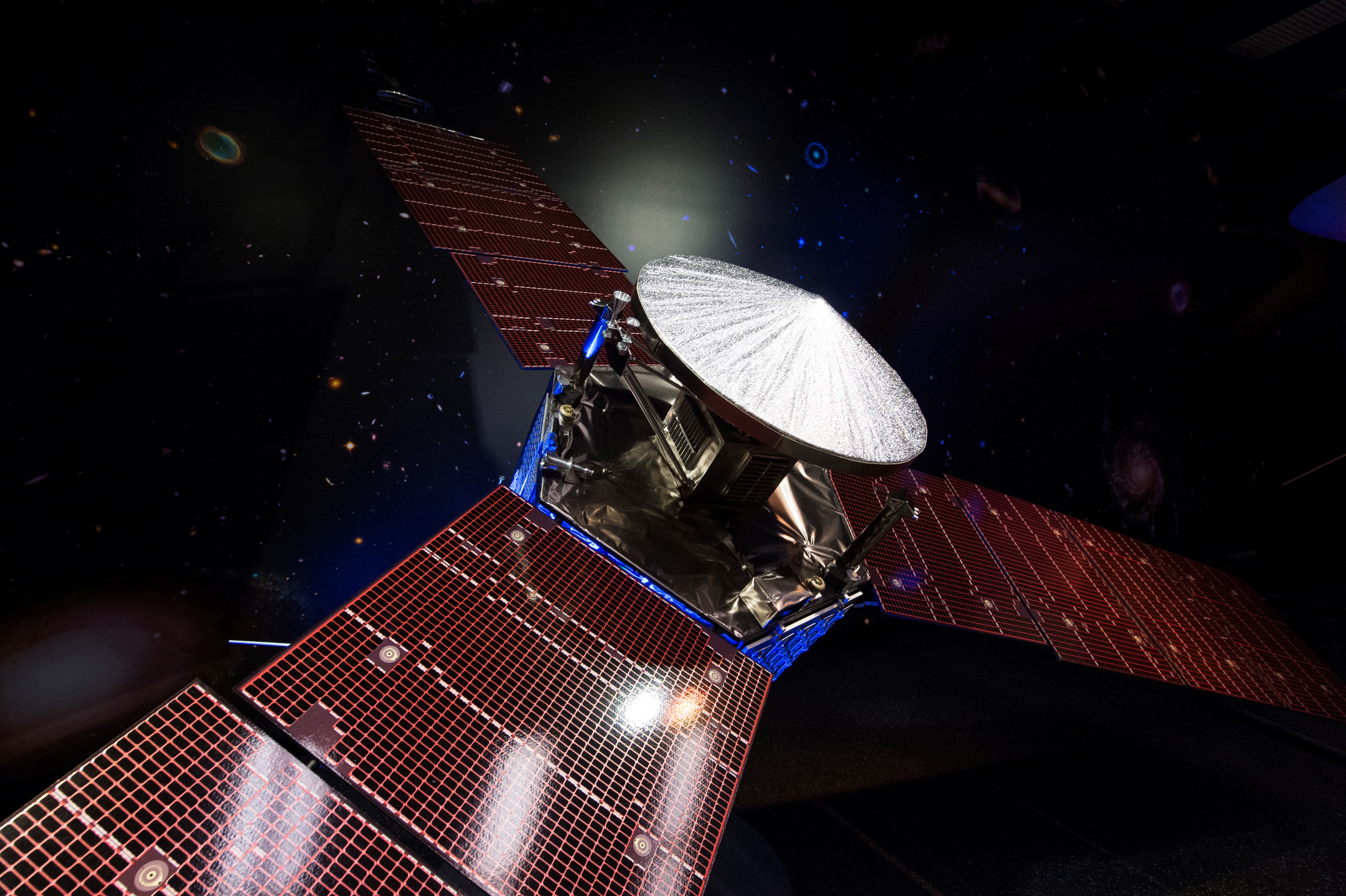


Io and Ganymede are among the four biggest moons of Jupiter. "Except instead of the solar wind, the stuff that Ganymede's surface is being protected from is all of this material that's come off of Io," says de Kleer. The magnetic field on Ganymede does something similar. "Ganymede is the only one that has its own magnetic field," says Katherine de Kleer, a planetary scientist at Caltech.Įarth's magnetic field protects us from charged particles spewing from the sun.

Ganymede has one feature the other icy moons lack. Gravitational tugging from the giant planets they orbit may help explain how the ice is able to melt. Researchers have come to understand that these watery worlds could be home to some kind of life, even though they are far from the sun. But some of the large moons around the outer planets have significant amounts of water, and some are thought to have liquid oceans under their icy surfaces. Ice is not unusual on moons there's even some on Earth's moon. Ganymede is an icy moon, and icy moons are attracting a lot of attention from planetary scientists these days. It's the first time a probe has made a close-up visit to Ganymede since the Galileo mission flew by in 2000. NASA's Juno spacecraft zoomed by in the afternoon, just 645 miles above the surface of the solar system's largest moon. Jupiter's moon Ganymede had a visitor from Earth on Monday. NASA's Juno mission got close to Ganymede on Monday. The solar system's largest moon, Ganymede, is pictured with Jupiter in a photo by NASA's Cassini spacecraft on Dec.


 0 kommentar(er)
0 kommentar(er)
